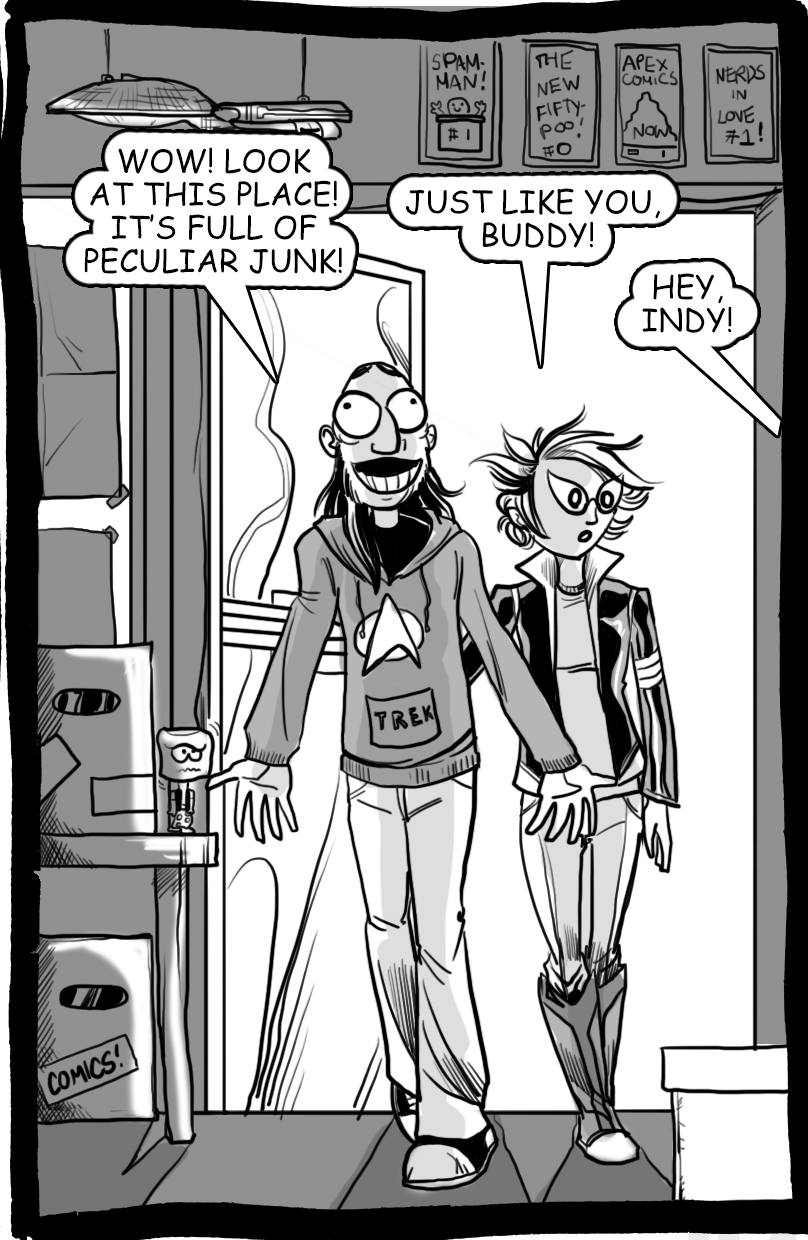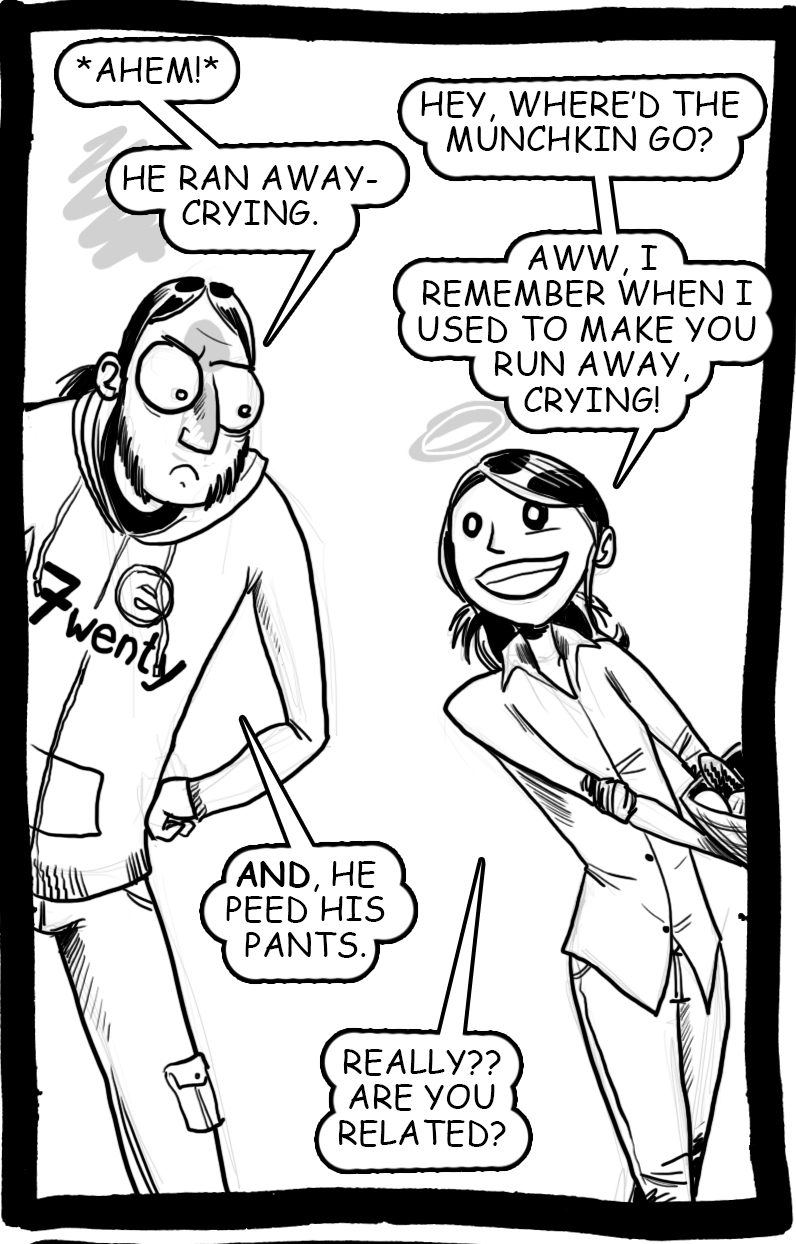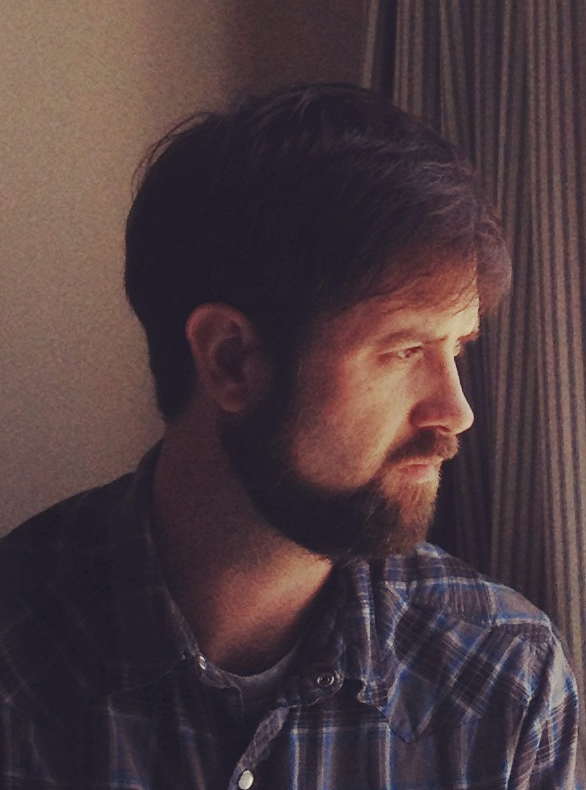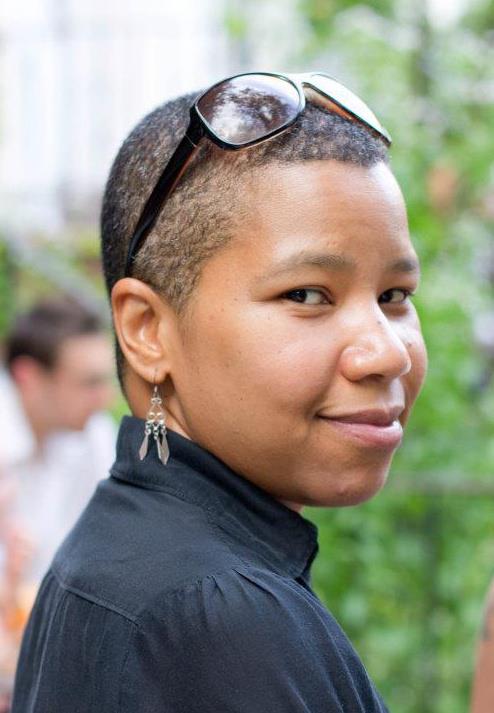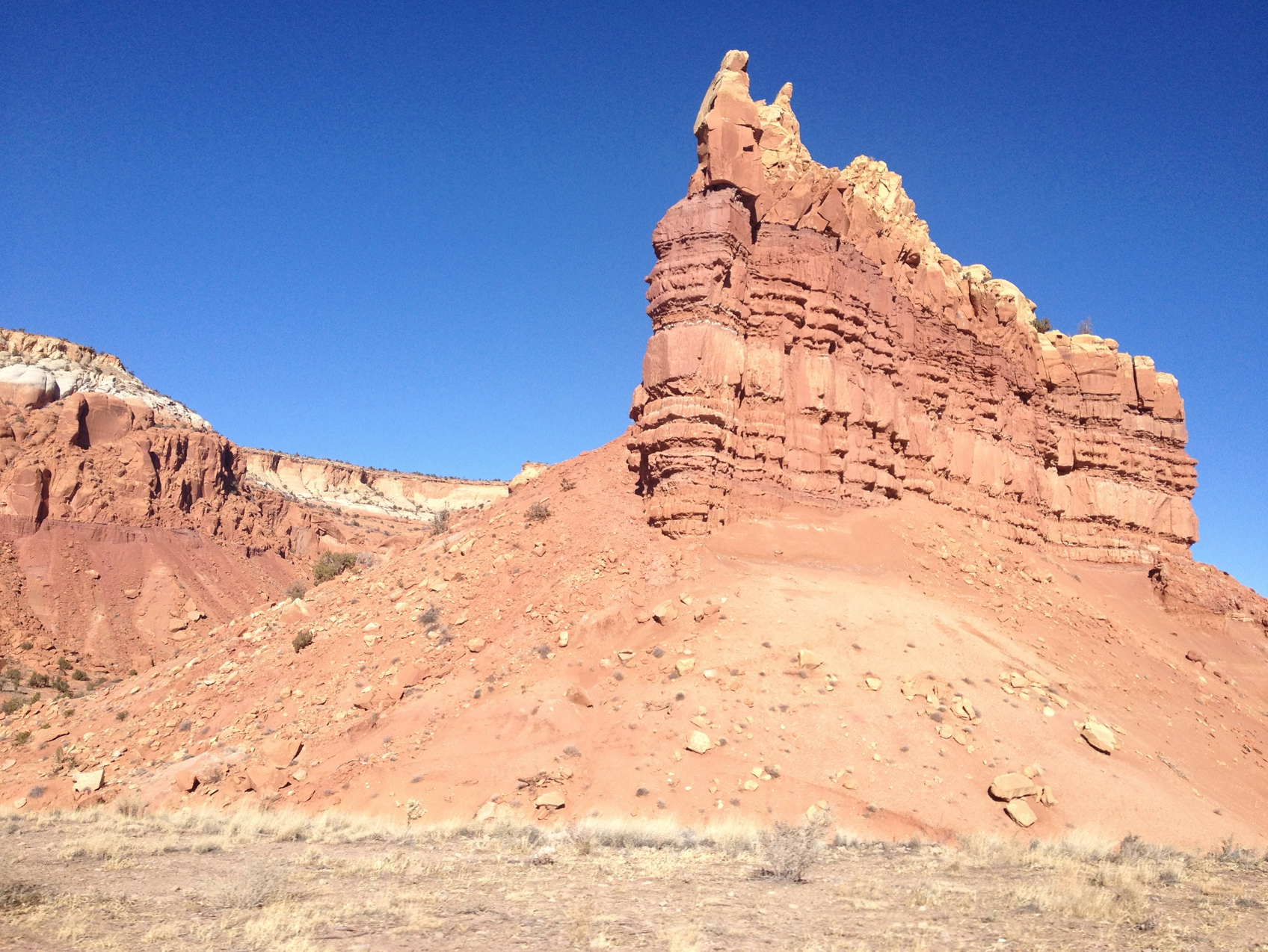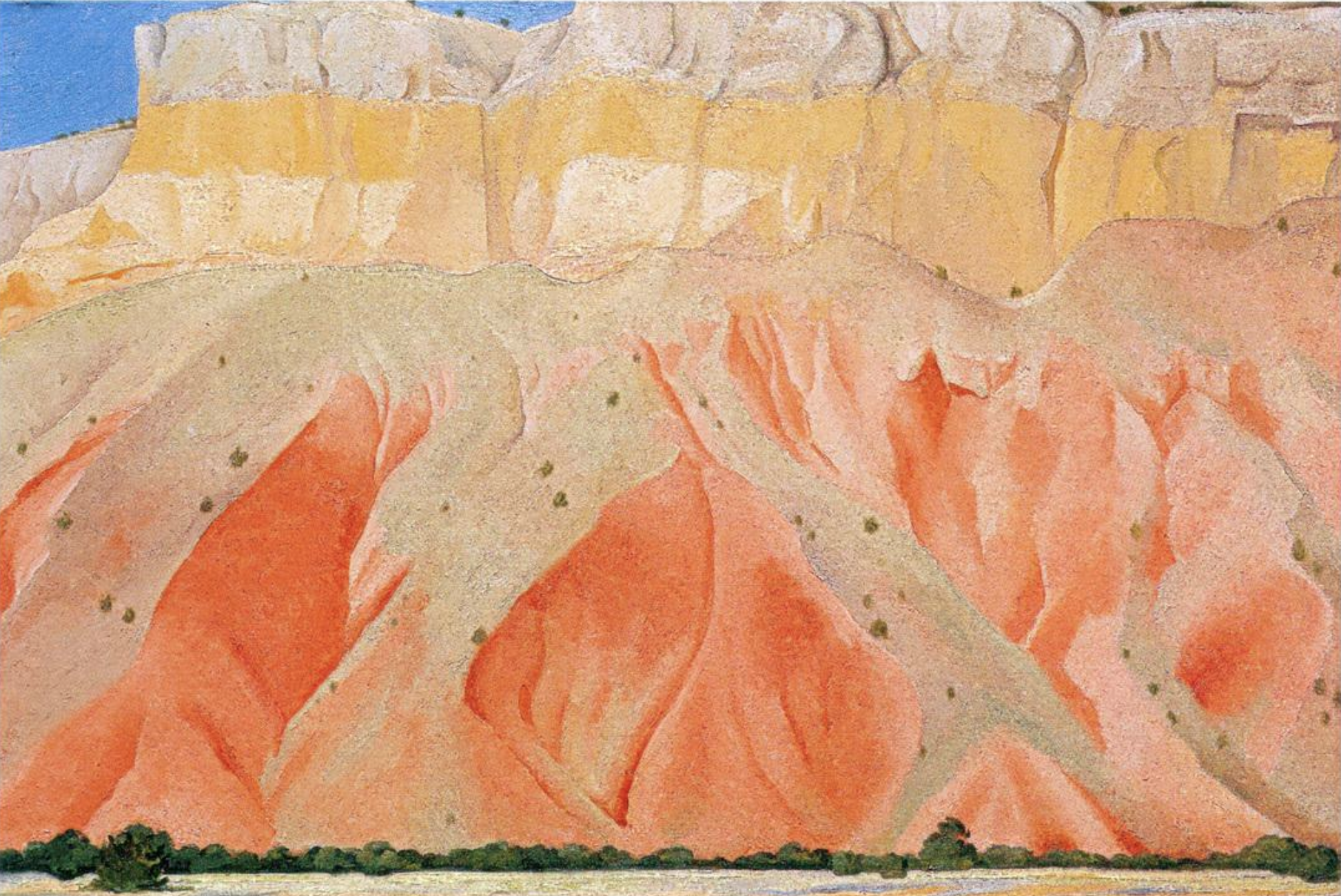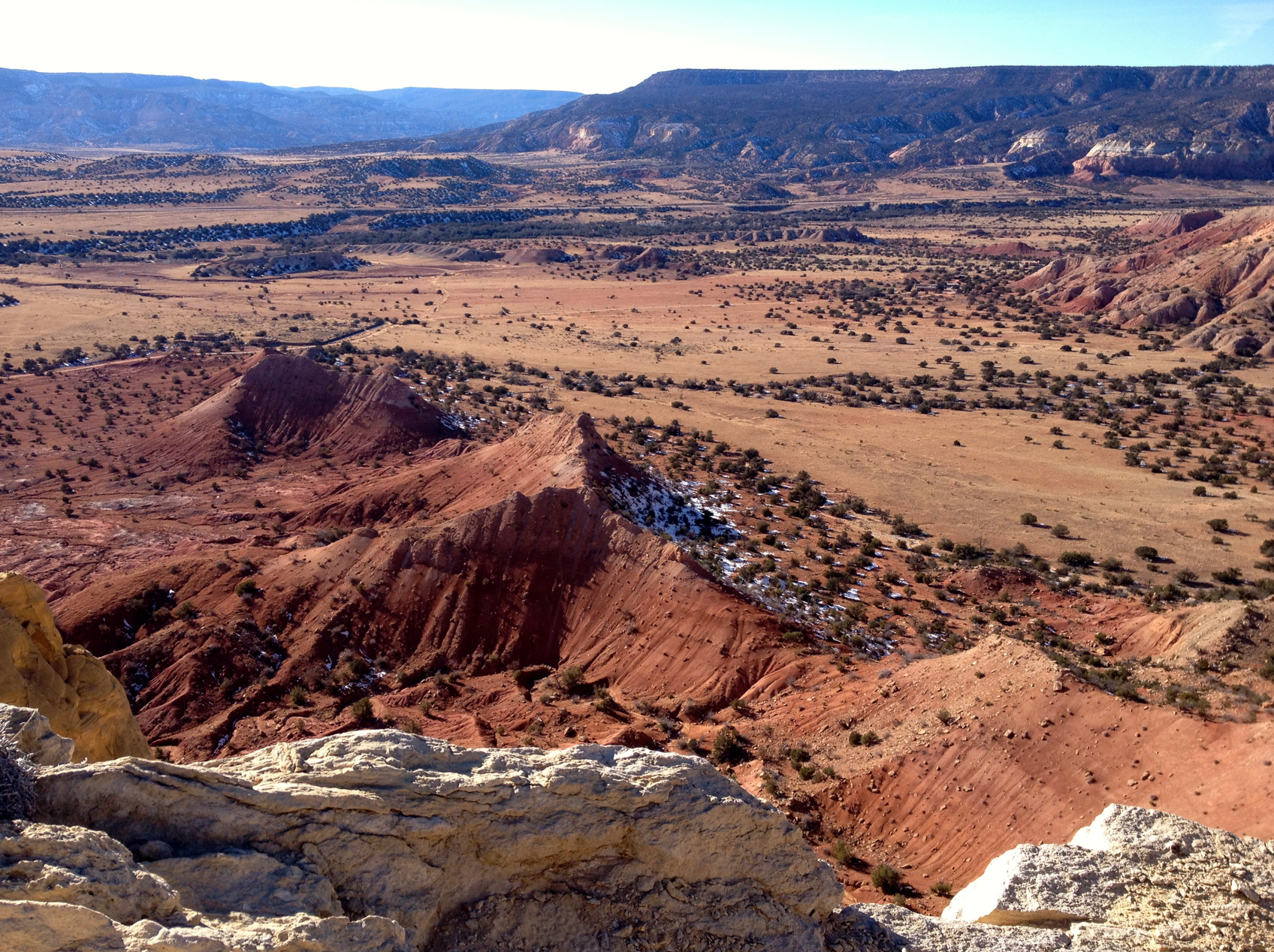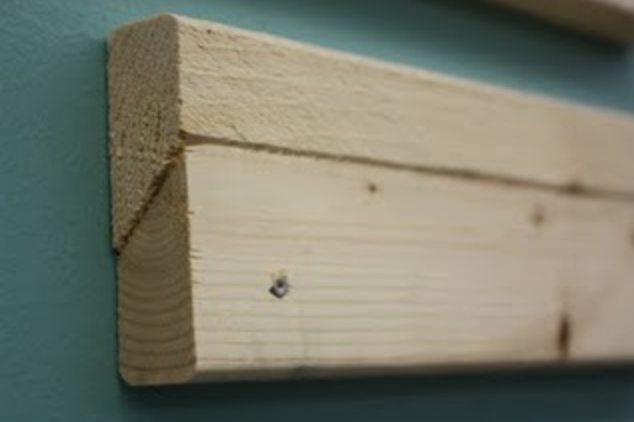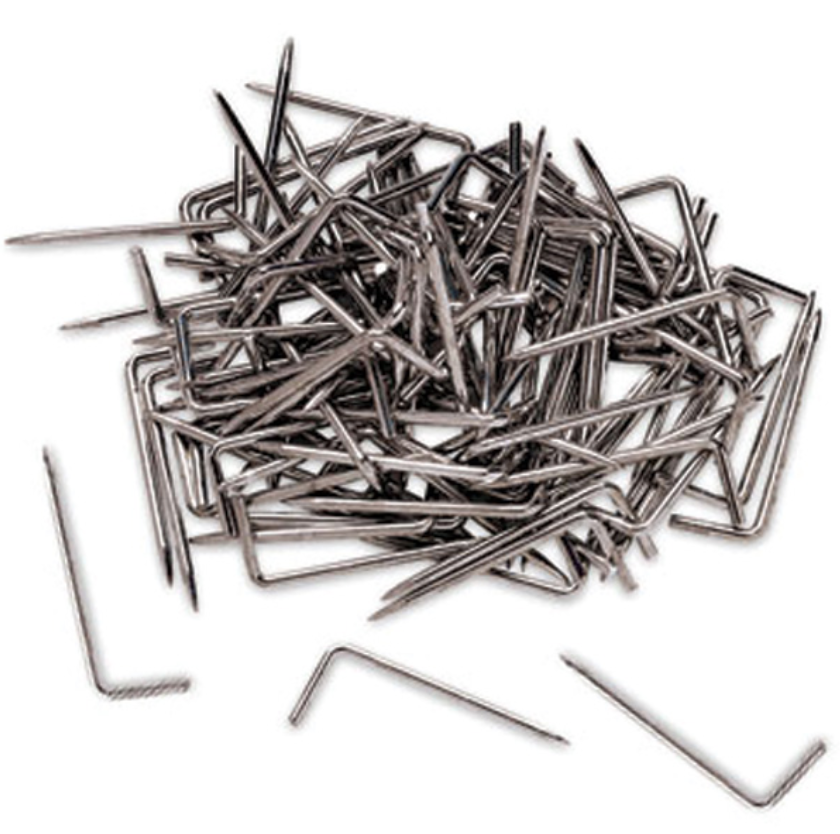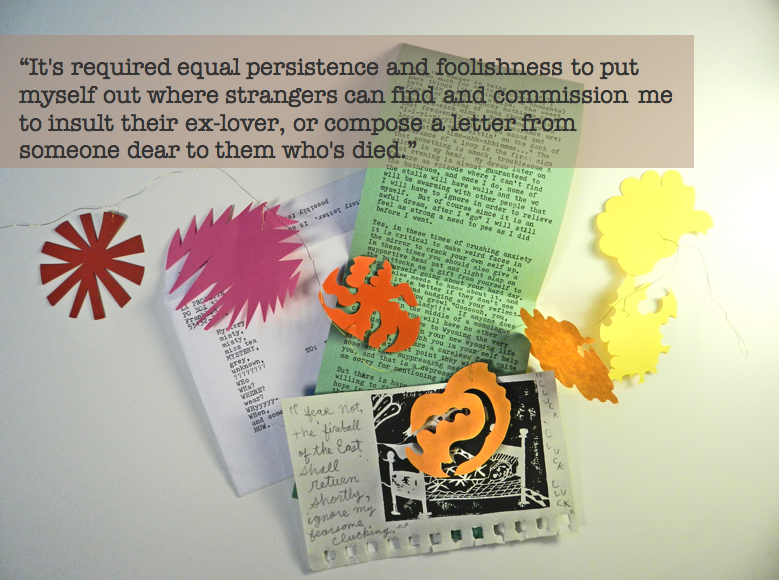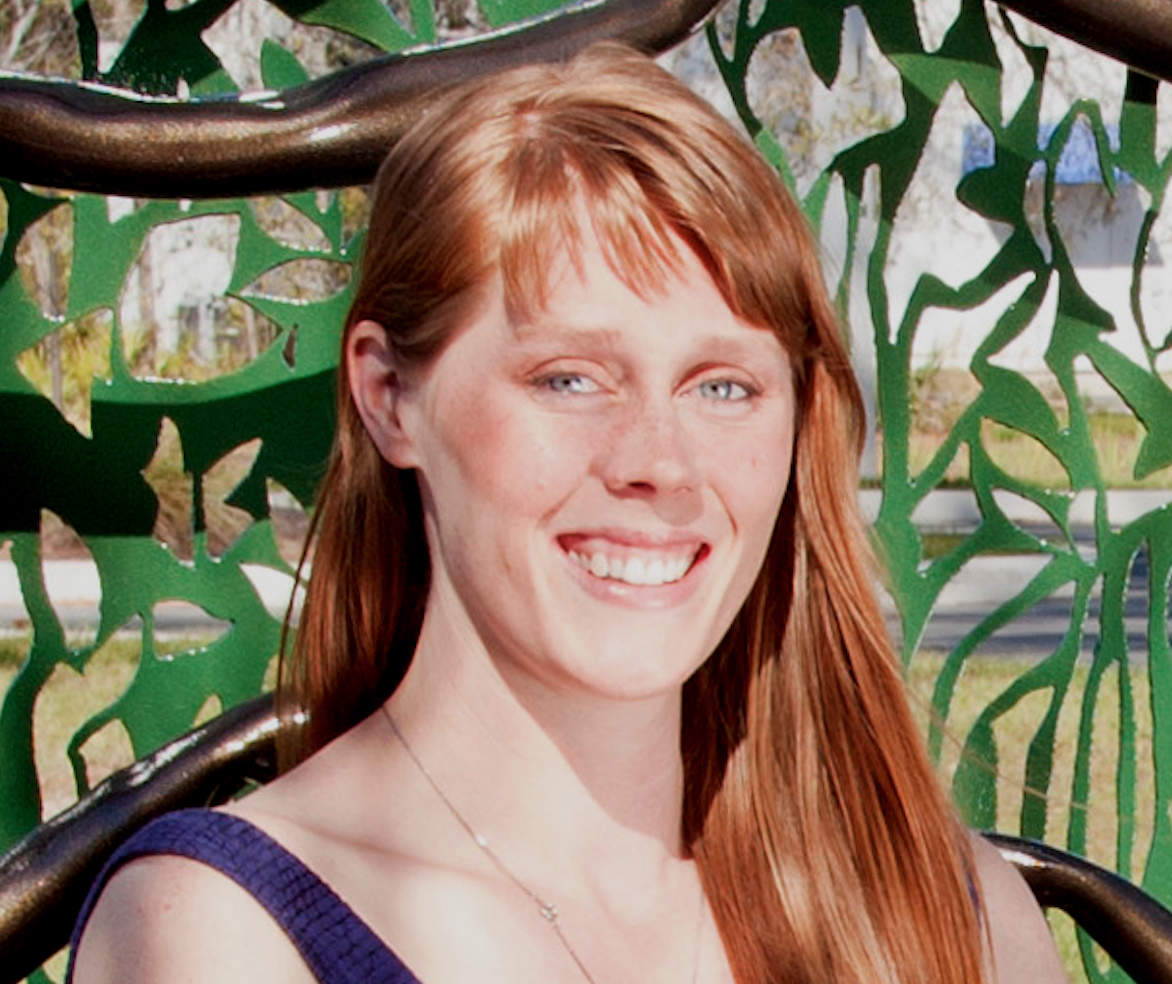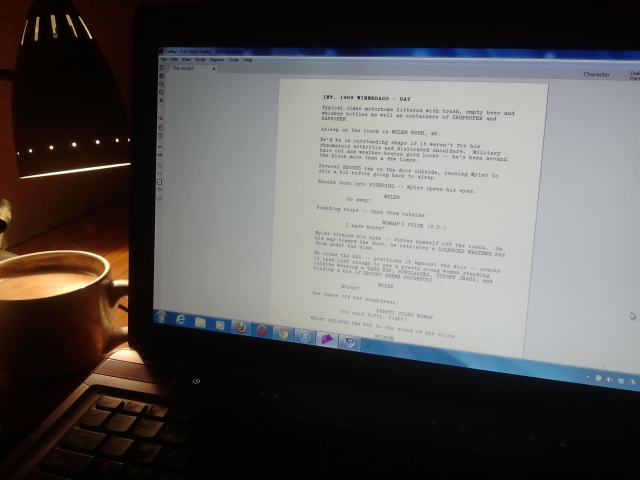Working in TV and film production for many years I discovered that sets can be either magical or miserable places depending on who's working the show, how much pressure they're under, what the budget is like, and, even, what the weather is doing. Having people there to help you pass the time, stay sane, and remember the magic of it all is important. Whitney and I met while working on a film many years ago. I was struck immediately by her professionalism, good nature, and overall capacity for joy. In short, she's a gem. Today Whitney gives us some insight into what it's like being a Hollywood actor, how to maintain your creative equilibrium in an ever-changing job, and more.
Whitney, how would you define creativity? For me, creativity is that endless drive to reach others, to make the world a better place with art, to find my own spin on a subject that can also make someone else feel less alone and more understood. Forging connection through original ideas.
Tell us briefly about your career as an actor. What types of acting projects have you been involved with? I’ve been an actor since I was six years old, when I was in a local musical theater production, and have spent a lifetime on stage and in front of cameras. I’m incredibly lucky to get to do exactly the things I’ve always loved most (performing, singing, making faces, playing dress up, writing) for a living as a grown up. I’ve done a huge number of musicals, including several world premieres in Hollywood and the national tour of Sesame Street Live!, but also deadly serious plays like Proof and Macbeth. I’ve been fortunate enough to appear on television (The Big Bang Theory, recurring on Days of our Lives, 50 national commercials) and in a wide variety of web videos (usually doing very silly things like shooting a melodrama in an IKEA store, or piloting a giant cardboard robot). Plus, I write and perform in my own short films and comedy songs.
Acting is so collaborative. Can you speak a little about what it's like to work with other people, not just other actors, but writers and directors as well? There’s an enormous level of trust required to give a good performance, no matter the medium. Trust in what the other actors are giving you when you look in their eyes, trust that the crew has ensured the set is safe and the shot or stage picture will look right every time, trust that the words you’ve memorized are going to make sense to the audience, and trust that the director has a vision that will serve the project well. It’s a large, intricate machine, and any actor is just one small cog, no matter how big his or her role. It took a while to realize that my take-charge, type-A nature would sometimes make it sound like I was questioning the rest of the team’s expertise, and that I had to make sure to clarify my phrasing so it was a query or suggestion, not a challenge to others’ authority. Ultimately, this is why you often see directors and performers working together multiple times; they have found collaborators who they truly trust.
Where do you draw inspiration from when you're working on a character? Everywhere! People I’ve met, news stories, my past. The internet is a spectacular resource that wasn’t available that long ago. It’s now possible to browse a near-infinite set of videos to look for vocal or physical quirks, how real people of your character’s type actually move, and how those with similar experiences describe their situation. Of course, sometimes a character just makes sense from the moment you read it, and develops out of your own understanding.
What's the most challenging part of being a working actor? Even when you’re making a comfortable living, no matter what level of the business you’re at as an actor, there is never a steady paycheck. That’s the trade-off for the luxury of not having to spend 8 hours a day in a cubicle: you do something different every day, so a life that’s pre-planned is out of the question.
What's the most rewarding part of being a working actor? As I said: every day is a new adventure!
What's it like being in Los Angeles in terms of the creative community. Is it supportive, or competitive, or both? Definitely both. It’s one of the most competitive markets in the world (in that it’s the national capital of commercial, film, and television development and casting) with talent from all over pouring in and fighting for work, but it’s also made up of smaller communities of creatives, all of whom arrived from a small hometown, who understand and support each other's need to make things. I’ve been so delighted to get to know hundreds of talented artists, including, not only writers and actors, but also musicians, cinematographers, make-up experts, sound mixers, editors, and FX gurus, all working together to create their visions and help each other with theirs.
It’s gratifying to feel like those around you understand your unavoidable need to chase your creative dreams – because they’re doing so too!
Any daily habits or practices? Yes. I’m a big believer in turning amorphous “goals” into specific daily systems where one’s priorities are turned into small check-box steps that lead continually in the desired direction. So I not only make certain I’m doing physical good habits like flossing and working out every day, but also grander good habits like learning about subjects on my list to better master, improving the comfort and organization of my home, and making sure I’m leaving time to sing and create. Keeping track in writing of daily and weekly habits (built from carefully prioritized larger goals) is a major tool in any creative person’s arsenal; otherwise, it’s too easy for the unstructured nature of our lives to take over.
Advice for aspiring actors? Train and study the craft, in whatever flavor makes sense to you, until you are ready to compete. If you skip this step, even if you get auditions, you won’t book jobs. Spend as much time as you can on stage or on set. Ask questions, don’t complain unless there’s a safety issue, and be kind to everyone. Find truth in the moment. Somewhere in the midst of all this, you’ll either realize this process isn’t for you, or fall so deeply in love with acting that you’ll chase opportunities to do so for a long, long time. Don’t let anyone tell you that artists are less vital to the world than any other job. Work hard in pursuit of your dreams. They are worth fighting for!
Whitney Avalon is a bubbly Los Angeles-based actor, singer, and writer who has spent a lifetime on stage and on screen. She makes her living acting in television and commercials. Whitney’s original comedy music, available on iTunes, has been played on numerous radio stations and podcasts. Perez Hilton once called her “hilarious” so she’s got that going for her. Find out more about Whitney here.











